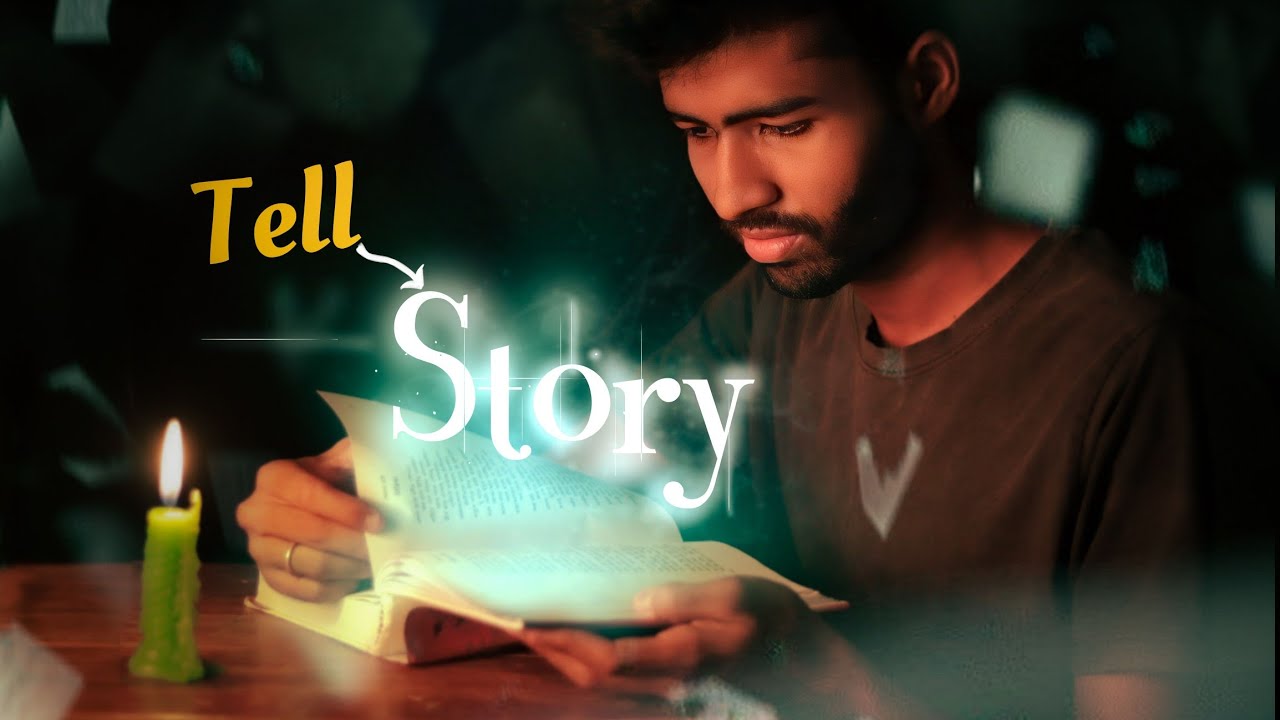Keep them watching - Tips for better story telling!
Summary
TLDRThis video script delves into the importance of sequences in visual storytelling, emphasizing their role in shaping audience perception and advancing the narrative. It illustrates how a sequence, typically consisting of 3-5 shots, can change the tone and character understanding by structuring shots to evoke questions and provide answers. The script uses examples, such as contrasting reactions to different scenes, to demonstrate sequence impact. It also highlights the significance of a strong resolution in sequences and the concept of 'show, don't tell' to create intrigue and engagement. The creator shares personal experiences with filming and editing, including the challenges of maintaining natural light and the use of stock footage to enhance storytelling.
Takeaways
- 🎬 Sequences are crucial for visual storytelling in filmmaking and content creation, often determining the success of engaging the audience.
- 📹 A sequence typically consists of 3 to 5 shots that are combined to advance the narrative and can significantly affect the tone and audience's perception of characters.
- 🤔 The concept of 'questions and answers' in sequencing is vital, where each shot should either raise a question or answer one previously posed.
- 🕵️♂️ Each shot should instill simple, subconscious questions in the viewer's mind, such as who is involved, what they are doing, and why they are doing it.
- 🏔️ Setting the scene with the right shots can establish the environment and contrast, as demonstrated by starting with a snowy shot to set a cold tone.
- 🔒 The use of mystery in shots, like showing winter gloves unlocking a lock without revealing who or what, can create intrigue and keep viewers engaged.
- 🛠️ A strong resolution is essential in a sequence to provide a satisfying conclusion and tie up the narrative, as shown by revealing the character's actions with shipping containers.
- 🕰️ Showcasing the passage of time through a sequence, like the gradual turning on of lights, can enhance the storytelling experience.
- 💡 Utilizing resources like Storyblocks for high-quality stock footage and assets can greatly improve the quality and cohesion of your sequences.
- 🛒 The principle of 'show, don't tell' in video creation encourages creators to use visual storytelling rather than relying on verbal explanations.
- 🔍 Leaving space for the audience to ask questions and find answers on their own can create a more engaging and satisfying viewing experience.
Q & A
What is the importance of sequences in filmmaking and content creation according to the video?
-The video emphasizes that sequences are one of the most important foundational aspects of filmmaking and content creation. A poorly built sequence can confuse the audience or bore them, leading them to click away.
What is a sequence functionally in the context of video editing?
-Functionally, a sequence is a few shots, typically around three to five, that are strung together in order to help move the story along.
How can the structure of a sequence affect the tone and audience's understanding of characters?
-The structure of a sequence can drastically alter the tone of the video and the audience's understanding of the characters and their motivations, as demonstrated by the example of a man's reaction to different scenes.
What is the concept of 'questions and answers' in sequencing?
-The concept of 'questions and answers' in sequencing means that each shot should either instill a question into the viewer's mind or answer questions previously set up in other shots.
What are some simple subconscious questions that shots in a sequence might address?
-Simple subconscious questions that shots might address include 'who is it?', 'what are they doing?', and 'why are they doing it?'
How does the video use the snowy environment to set the scene?
-The video uses a long lens shot compressing a lot of snow to make it seem cold and uninviting, providing contrast and setting the scene for the location they are heading to.
What was the purpose of obscuring the image of the video creator in the sequence?
-The purpose of obscuring the image of the video creator was to create intrigue and mystery, delaying the reveal of the character's identity until later in the sequence.
What is the significance of a strong resolution in a sequence?
-A strong resolution in a sequence is important as it provides a sense of completion and satisfaction, tying together the narrative elements introduced throughout the sequence.
What is the backstory behind the sequence involving Kristoff cutting holes in shipping containers?
-The backstory is that the video creators were evicted from their studio and decided to buy used shipping containers to build their dream creative space, which is the context for the sequence.
How does the video suggest using visuals to move the plot forward instead of dialogue?
-The video suggests starting with a scene that raises questions in the viewer's mind, such as starting at the grocery store and letting the audience wonder about the character's actions, rather than explaining everything through dialogue.
What is the final tip given by the video for internet video creators?
-The final tip is to 'show, don't tell', meaning that filmmakers should rely on visuals and allow the audience to discover the story themselves, rather than spoon-feeding them information.
Outlines

Cette section est réservée aux utilisateurs payants. Améliorez votre compte pour accéder à cette section.
Améliorer maintenantMindmap

Cette section est réservée aux utilisateurs payants. Améliorez votre compte pour accéder à cette section.
Améliorer maintenantKeywords

Cette section est réservée aux utilisateurs payants. Améliorez votre compte pour accéder à cette section.
Améliorer maintenantHighlights

Cette section est réservée aux utilisateurs payants. Améliorez votre compte pour accéder à cette section.
Améliorer maintenantTranscripts

Cette section est réservée aux utilisateurs payants. Améliorez votre compte pour accéder à cette section.
Améliorer maintenantVoir Plus de Vidéos Connexes
5.0 / 5 (0 votes)






